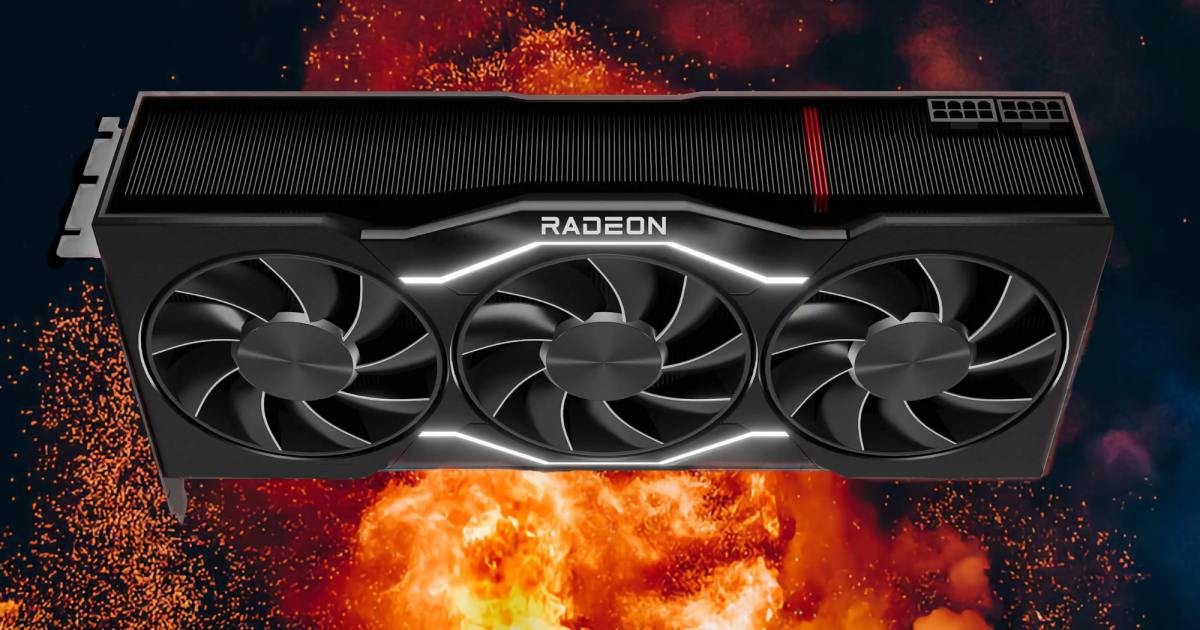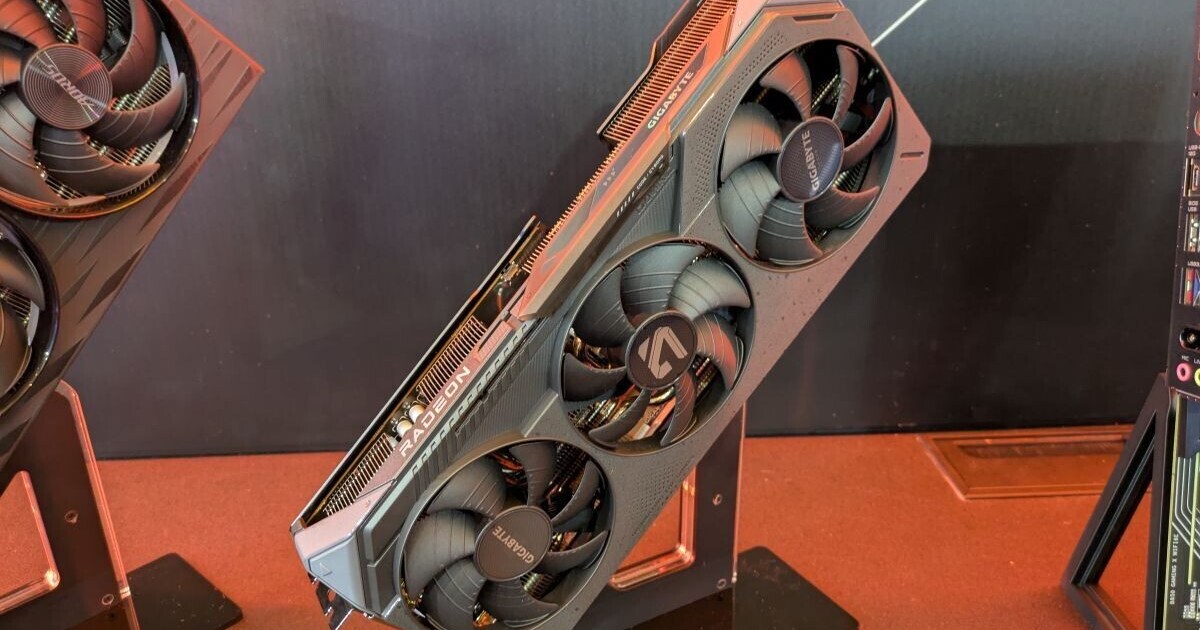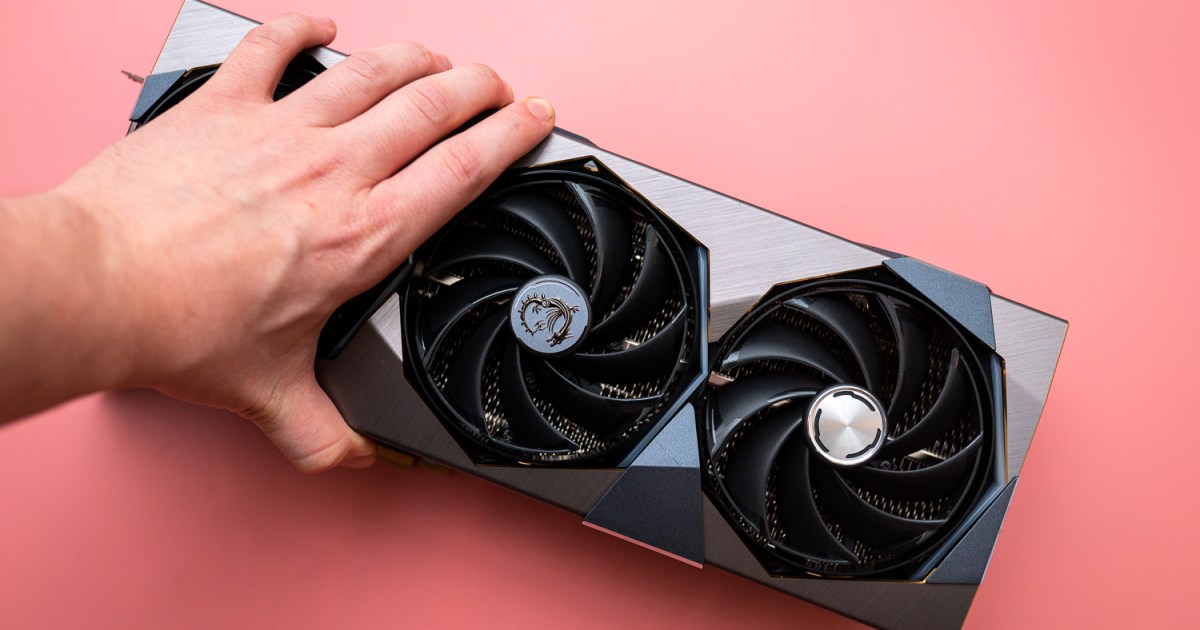A recent leak from the Chiphell forums suggests AMD is planning a major technological leap with its upcoming CPU and GPU architectures. The leak, posted by user zhangzhonghao, indicates that AMD is eyeing TSMC’s advanced N3E process node for both its next-generation Radeon GPUs, based on the new UDNA architecture, and potentially for some of its future CPUs.
 A screenshot of a post on Chiphell forum mentioning details of upcoming AMD GPU and CPU plansChiphell forum post discussing AMD’s next-generation hardware plans, including UDNA GPUs and Zen 6 CPUs.
A screenshot of a post on Chiphell forum mentioning details of upcoming AMD GPU and CPU plansChiphell forum post discussing AMD’s next-generation hardware plans, including UDNA GPUs and Zen 6 CPUs.
AMD officially confirmed the development of UDNA at IFA last year, positioning it as a unified architecture for both gaming and enterprise applications. This represents a significant shift from AMD’s previous strategy of using separate architectures—RDNA for gaming and CDNA for compute. While successful, this dual-architecture approach created inefficiencies. UDNA aims to streamline development and optimize software across all AMD GPUs.
UDNA Architecture: A New Era for AMD Graphics
The leaked information suggests that UDNA GPUs will include a flagship model designed to compete directly with Nvidia’s high-end GeForce RTX cards, filling a notable gap in AMD’s current RDNA 4 lineup. TSMC’s N3E process node, an enhanced version of the 3nm process, is expected to play a crucial role in achieving this. N3E promises higher transistor density and improved power management, leading to potential gains in performance and efficiency for both gaming and compute workloads. The architecture may also feature advancements in ray tracing and AI capabilities, areas where AMD has been striving to catch up with competitors.
Zen 6 CPUs: Performance Boost with Advanced Lithography
On the CPU front, the leak indicates AMD’s plans to leverage TSMC’s N3E process for its Zen 6 CPU CCDs (Core Chiplet Dies), while the N4C node is reportedly earmarked for next-generation IO dies. This adoption of advanced lithography, coupled with architectural improvements, could result in a significant performance uplift compared to previous generations.
Expanding the 3D V-Cache Ecosystem
The Chiphell post also mentions AMD’s continued development of X3D chips, including the next-generation “Halo,” the successor to the Strix Halo. AMD is reportedly exploring the use of 3D V-Cache technology on both CPU and GPU components, potentially leading to X3D tiles on both the CCD and IOD within its chiplet designs. Speculation further suggests that the upcoming Sony PlayStation 6 APU will incorporate 3D V-Cache, while Microsoft’s decision regarding its future Xbox console remains uncertain.
Conclusion: A Promising Future for AMD
The leaked information, if accurate, paints a picture of AMD’s aggressive pursuit of technological leadership. The combination of the UDNA architecture, Zen 6 CPUs, and advancements in 3D V-Cache technology positions AMD to deliver substantial improvements in performance and efficiency across its product portfolio. This sets the stage for an exciting competition with rivals like Nvidia and Intel in the coming years.










